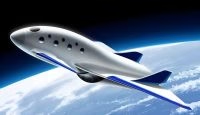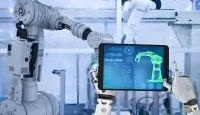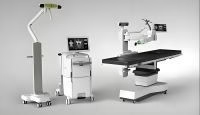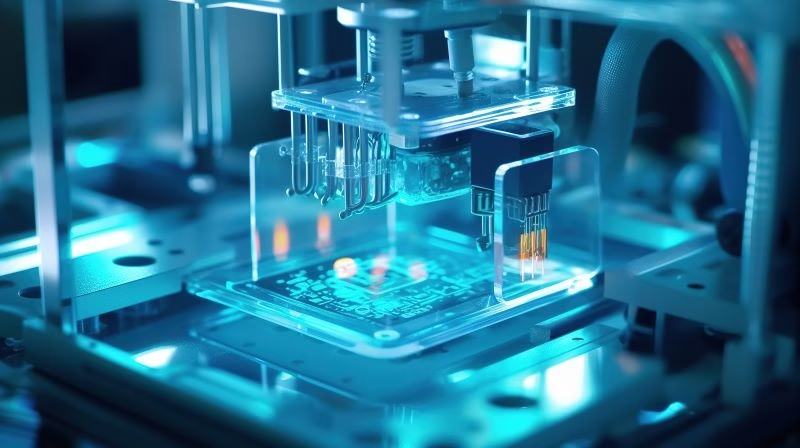Unlimited Design Implementation & Customized Production–Additive Manufacturing (AM)
TXS 3D printing technology supports customers during the product development stage, enabling quick product proofing for appearance, assembly verification, and small-batch production. This reduces development time and accelerates new product launches.
Through 3D printing, we rapidly verify appearance, assembly, and functionality. The 3D prototypes can quickly be converted into molds, significantly shortening the product development and trial production cycle.





Infinite design possibilities allow for the creation of complex shapes and structures beyond traditional manufacturing limits.
Customizable production caters to personalized accessories and medical devices, meeting unique market demands.
3D printing rapidly transforms designs into physical prototypes, greatly reducing development time.
Easy iteration enables quick modifications and optimizations of product designs.
Supports various materials, including plastics, metals, and ceramics, offering designers a wide range of options.
Continuous innovation in materials opens up new possibilities across different industries.
3D printing minimizes waste by using only the material needed, reducing production excess.
Some materials are recyclable, supporting sustainable development practices.
Ideal for small-batch and customized production, 3D printing lowers costs and boosts production efficiency.
Rapid Prototyping: 3D printing dramatically shortens prototyping times, turning designs into physical models in hours or days, compared to weeks or months with traditional methods. This enables quick testing and design iteration, speeding up product development cycles.
Low-Volume Production: For custom or small-batch products, 3D printing provides a more cost-effective alternative to traditional mold-based manufacturing. It’s especially useful for personalized components in high-end cars or airplanes.
3D printed conformal cooling lines are optimized to match part shapes, enhancing heat dissipation. By increasing cooling line density in heat-sensitive areas, it improves temperature balance, boosts product yield, and shortens the cooling cycle. This can reduce cooling time by 20%-80% and deformation by 15%-90% compared to traditional systems.
Customized Medical Devices: Unlike standardized traditional devices, 3D printing allows for medical devices tailored to each patient’s specific anatomy, improving fit and functionality.
Lightweight Design: 3D printing enables the creation of parts with complex internal structures that reduce material usage while maintaining strength. This is critical in aerospace, where reducing weight leads to significant fuel savings and cost reductions.
| Classification of materials | Specific names of the materials | Main characteristics | Applicable areas |
|---|---|---|---|
| Thermoplastic polymer | PE | Light weight, corrosion resistance, easy processing | Prototyping, packaging, household goods |
| PP | Light weight, chemical resistance, moderstiffness | Containers, auto parts,household items | |
| PET | High strength, high temperature resistance, chemical resistance | Eng ineer ing parts, automotive parts, medical equipment | |
| PC | High strength, high temperature resistance, transparent | Optical ports, electronic equipment, medical instruments | |
| PA | High strength, wear resistance, chemical corrosion resistance | Eng ineer ing parts, mechanical parts, automotive parts | |
| Thermosetting resin | PMMA | Transparent, high hardness, good optical properties | Optical lenses, decorations. medical instruments |
| PETG | Impact resistance, chemical corrosion resistance, easy processing | Parts, containers , electronic housings | |
| PF | High temperature resistance. wear resistance, good insulation | Electrical p arts. insula tion materials. auto parts | |
| Metal | Aluminum | Light weight, high strength, good thermal conductivity | Aerospace, automotive, electronic devices |
| Stainless Steel | Corrosion resistance. high strength. high temperature resistance | Automotive parts, medical devices, industrial parts | |
| Titanium | High strength, light weight, good biocompotibility | Medical implants, aerospace, automotive parts | |
| Nickel Alloy | High temperature resistance, oxidation resistance, corrosion resistance | Aerospace, petrochemical,nuclear energy | |
| Other special materials | Composite | Combined with resin and fiber reinforced materials, high strength and light weight | Aerospace, sports equipment, auto parts |
| Bioprinting | Good biocompatibility for bioprinting and biomedical applications | Biomedical, bioprinting, medical devices |

1.3D Model Design: Design a three-dimensional model using CAD software. This can be either created from scratch or derived by scanning a physical object.
2.File Format Conversion: Convert the 3D model into an STL (Standard Tessellation Language) file, which represents the surface as a triangular mesh, allowing the printer to read and interpret the design.
3.Slicing Processing: The printer’s software “slices” the STL file into horizontal layers. Each layer guides the printer to build the object layer by layer.
4.Printing Process: The printer stacks materials (such as plastic, metal, or resin) layer by layer according to the sliced information. Each layer is typically very thin (e.g., 0.1mm), ensuring high precision.
5.Post Processing: After printing, some items require additional processing steps like polishing, coloring, cleaning, or heating to enhance surface finish and mechanical strength.
Whether your project is simple or complex,
Whether it involves metal or plastic,
You will receive a response within 24 hours.
High-Precision Injection Molding & Mold Manufacturing - One-Stop Custom Solutions
Hello, This is Isabella from TXS-Mold, How can I assist you today?
Chat with us on WhatsApp。
🟢 Online | Privacy policy